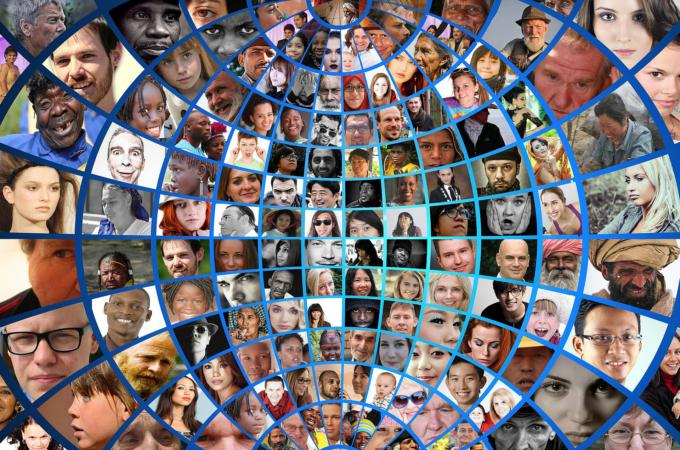Celebrating our technicolor glory
My wife and I moved from the Midwest to the East Coast a few years ago. There was a predictable amount of culture shock for both of us in leaving the manifest blessings of the Midwest: Housing prices (you can buy a palace for what a garage might cost elsewhere). Traffic (four drivers politely waving each other through at a four-way stop). Endless expanses of corn and soybeans (OK, those do get boring after a while, but they make current talk of tariffs affecting crop prices much more real).
One big culture change is that in our new neighborhood, we are a racial and ethnic minority. We had lost any sense of how segregated our neighborhood was in the Midwest until we moved east. Diversity isn't just a slogan out here. It is America in all its technicolor glory.
We have an Eritrean Orthodox Church down the street. The parks are filled with Latino families playing soccer or baseball. A cacophony of languages is the soundtrack to our grocery shopping or subway rides. We find ourselves smiling at all sorts of people. Almost always, they smile back.
There are unintentionally funny moments as well. Like the time my wife couldn't find her shade of nylons at Macy's. It took her a while to realize why. In our old neighborhood, an African-American woman might have had the exact same experience.
You look at the world a bit differently when not everyone around you looks like you. It can make you more sensitive to how others feel. You realize that people can typecast us just as we can typecast others -- even when we, or they, don't mean to.
Diversity can breed powerful feelings of empathy. To see how hard our Central American neighbors work, their entrepreneurial gusto and their desire to better the lives of their children: These scenes are all little homilies about the American spirit that has characterized the vast majority of its immigrants for more than 200 years.
Empathy is not always the emotion that is stirred. In recent years, there has been an increase in fear and hostility. Racial tensions and violence have made headlines. Foreign looking people have been assaulted, even killed.
Hosffman Ospino, an American citizen born in Colombia, is one of the church's leading Hispanic theologians. In a recent article in America magazine, he described the isolation he felt in his Boston suburb, where his family has owned their own home for seven years:
"One of our neighbors came over decidedly. I stepped forward and, without giving me much time to utter a sound, she said, 'It is people like you and your family that are bringing this country down.' Then she turned around and has not spoken to me since."
There have been similar confrontations, many caught on cellphone video, that have gone viral. On the Fourth of July of all days, a 92-year-old man named Rodolfo Rodriguez, a legal U.S. resident, was beaten senseless by a woman yelling, "Go back to your country! Why are you here?"
Such violence, and the fear that underlies it, is contrary to the Gospel. What can Catholic parishes and Catholic people do?
The goal must be to encounter and accompany those we view as strangers, to put faces, names and stories to those we perceive as different. We need to partner with parishes with different demographics, go into neighborhoods and help those in need, and always, always, see Christ in everyone.
It's what Pope Francis is challenging us to do: Go out from our churches, reach beyond our parish boundaries and experience God's powerful love in encountering others.
- Greg Erlandson is director and editor-in-chief of Catholic News Service.



















